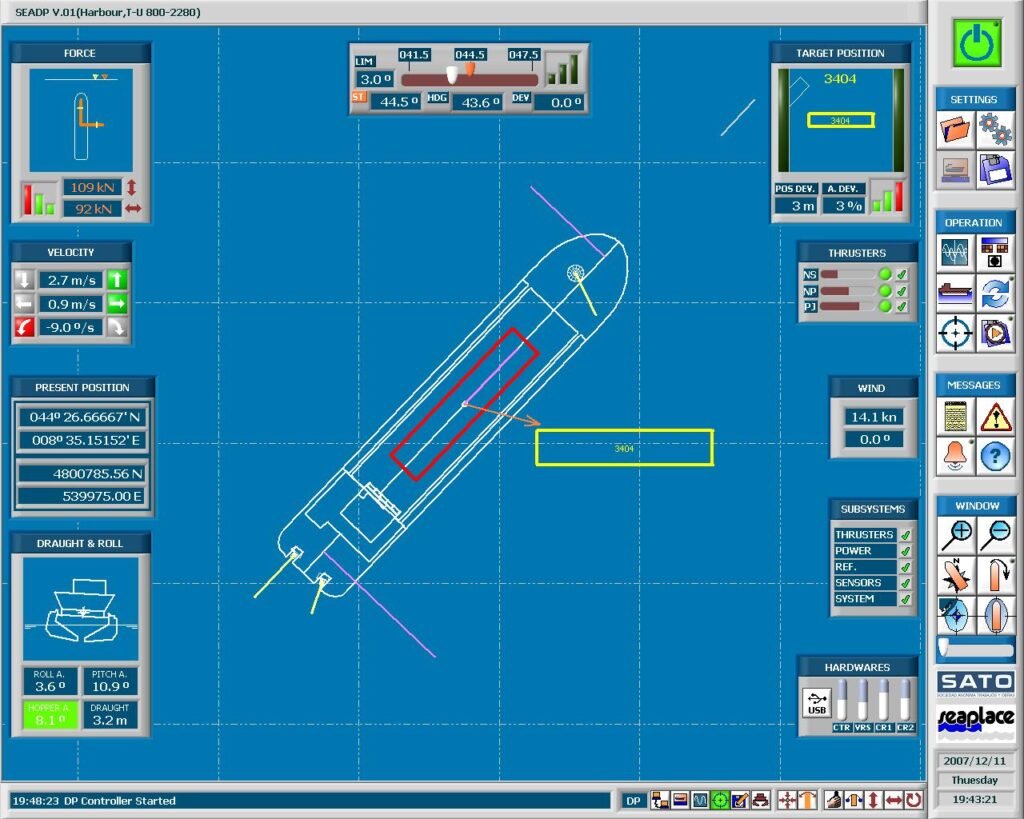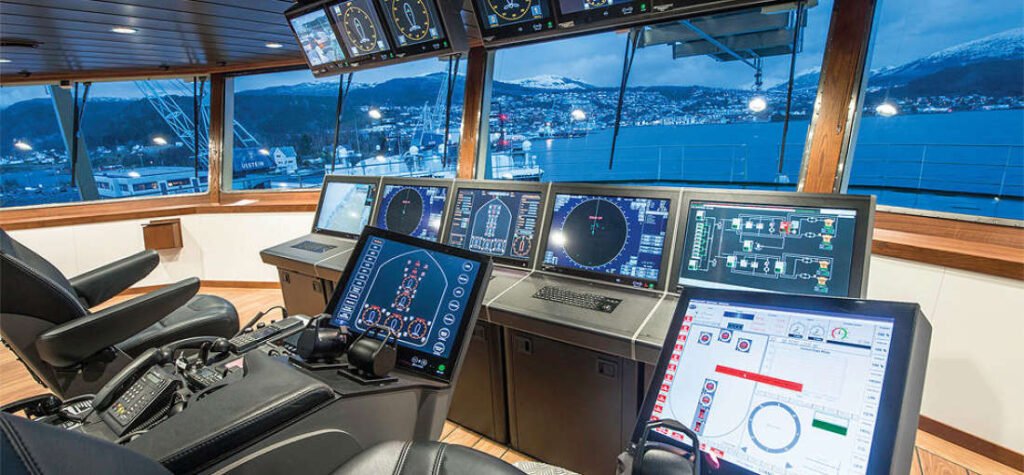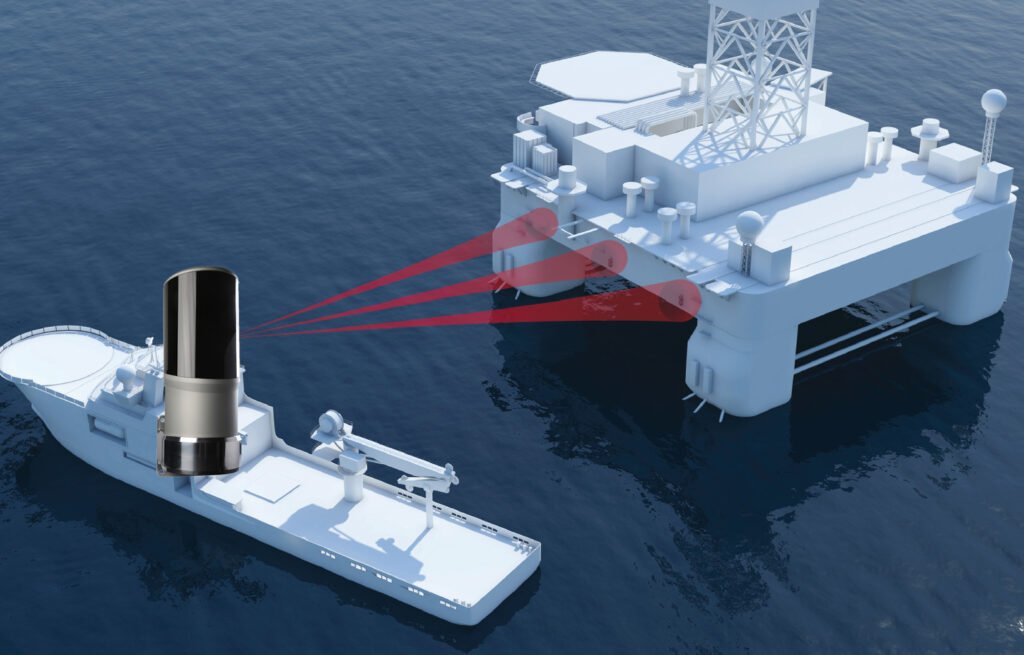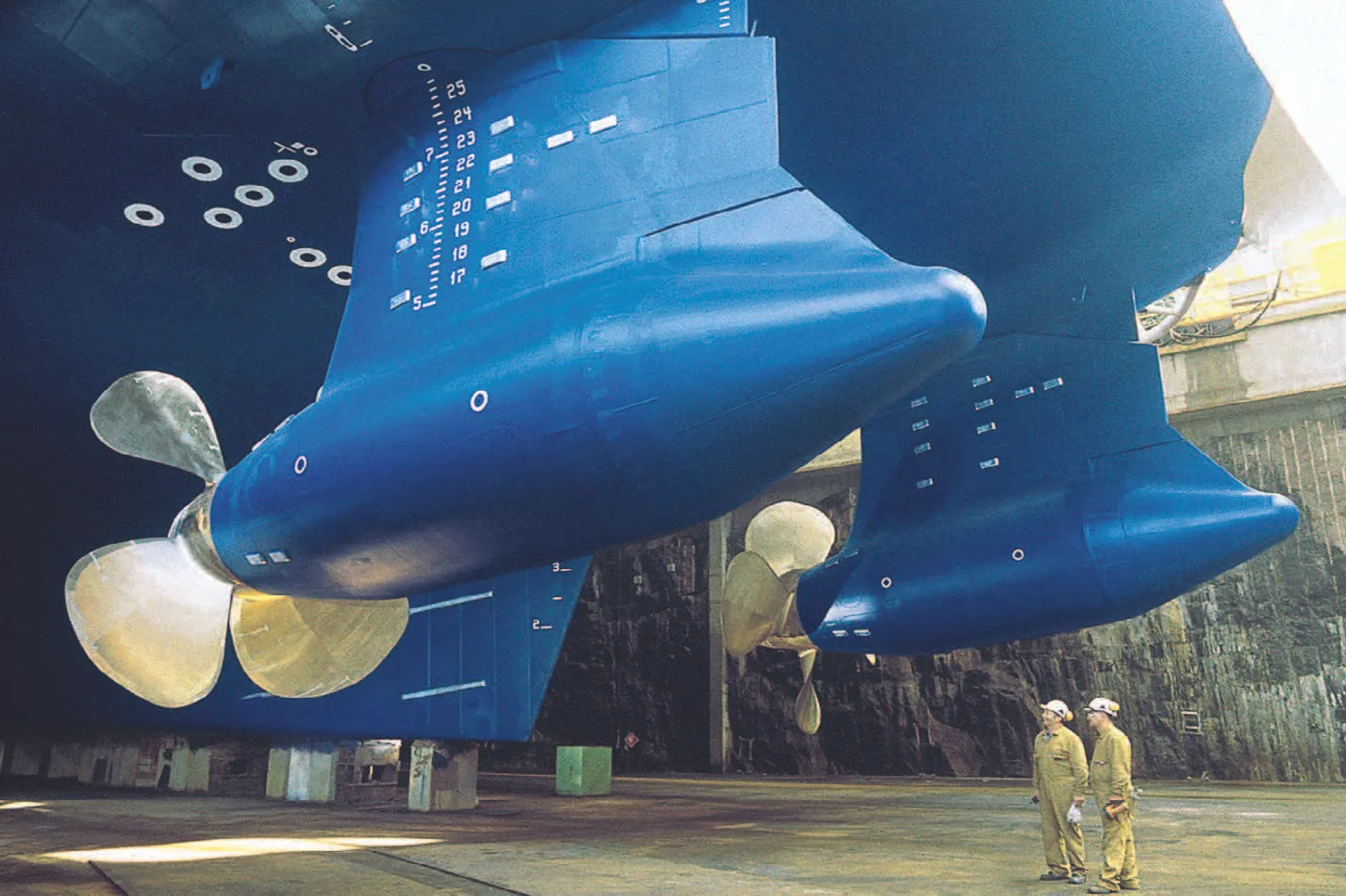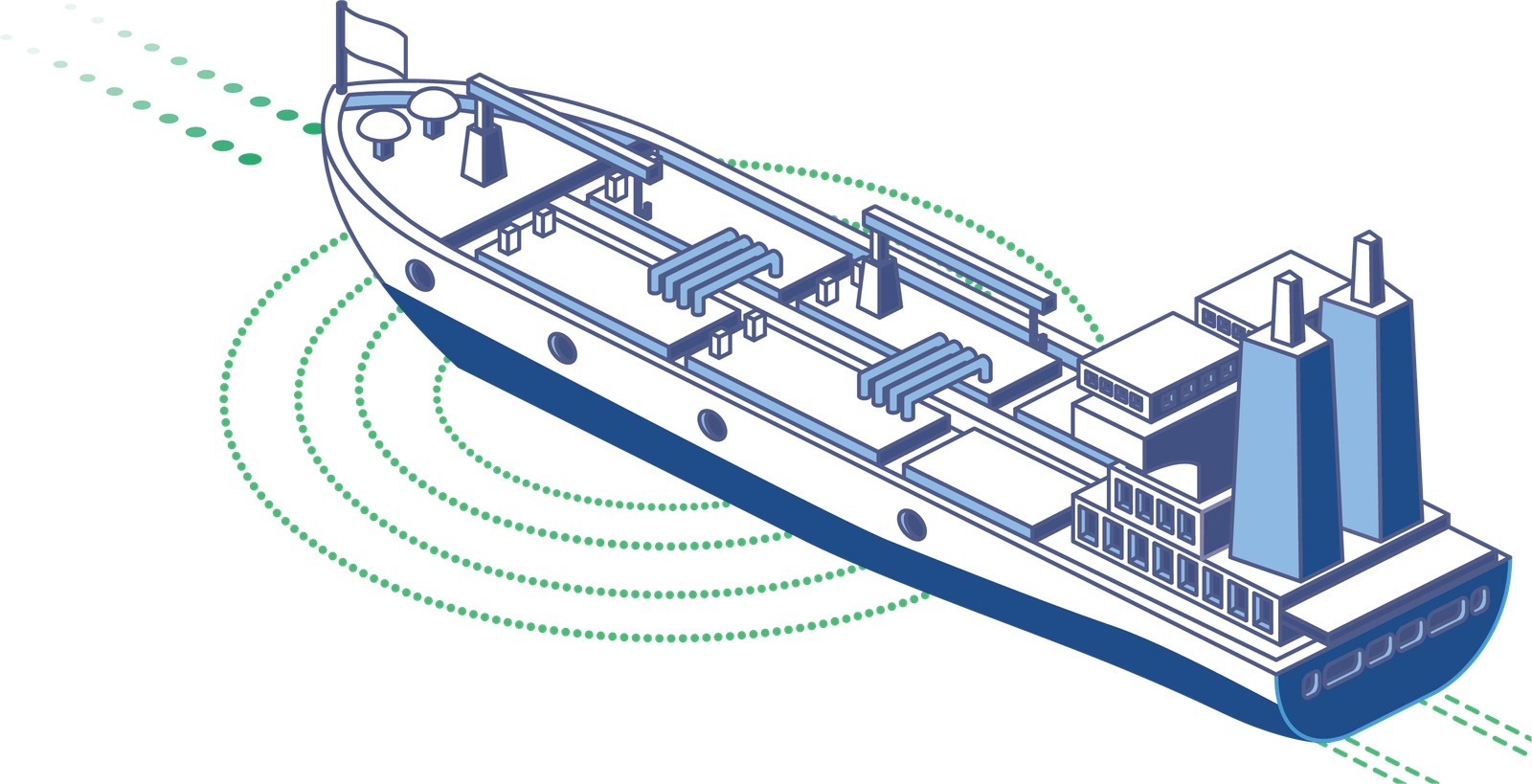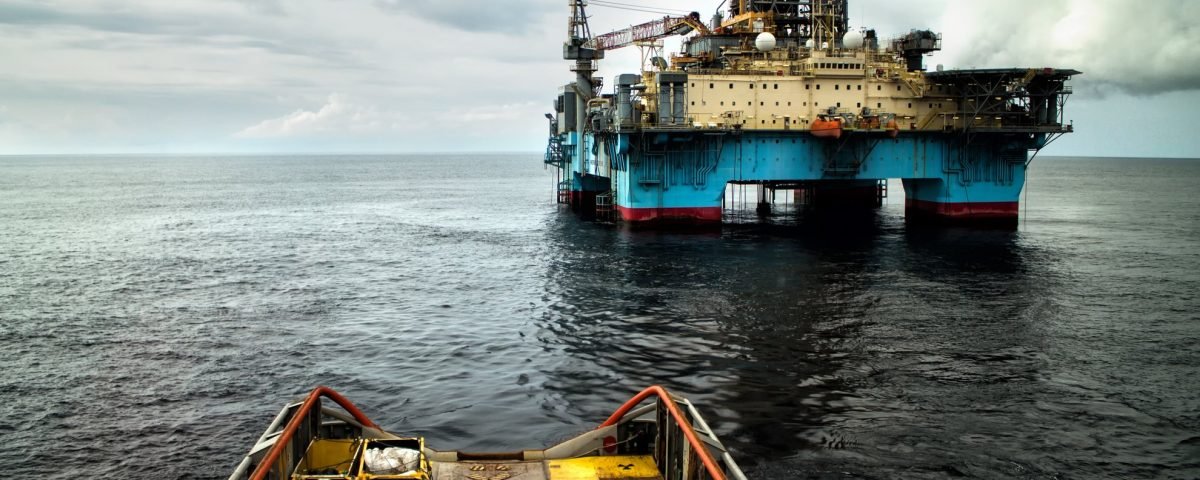
Dynamic positioning (DP) is a system used on ships and offshore vessels to maintain their position and heading without the need for anchors or mooring lines. It utilizes a combination of advanced sensors, computers, and propulsion systems to automatically control the vessel’s position and heading in relation to its surroundings.
The key components of a dynamic positioning system include:
Position Reference System (PRS): This system collects data from various sensors to determine the vessel’s current position and heading. Common sensors used in a PRS include GPS (Global Positioning System), DGPS (Differential Global Positioning System), gyrocompasses, motion sensors, wind sensors, and sonar.
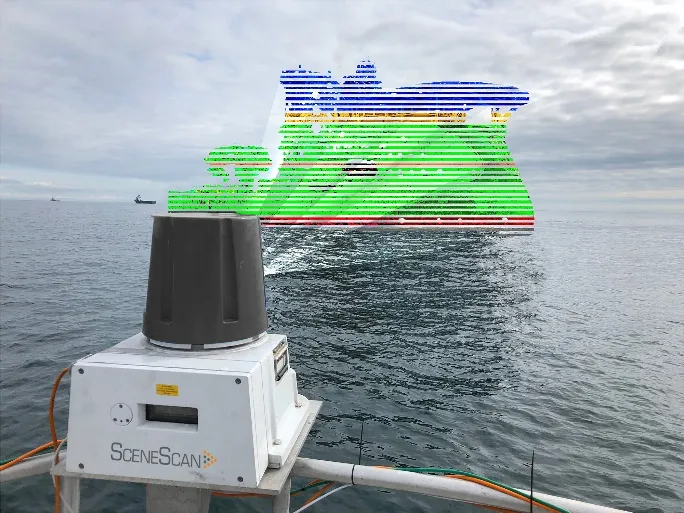
Power and Propulsion System: The ship’s propulsion system, which typically consists of multiple thrusters or propellers, is used to generate the necessary thrust for manoeuvring and maintaining the desired position and heading. These propulsion systems are controlled by the DP system, which adjusts their output based on the vessel’s position and environmental conditions.

DP Control System: The DP control system receives data from the PRS and uses it to calculate the necessary commands for the ship’s propulsion system. It continuously adjusts the thrust and direction of the thrusters to counteract the effects of wind, waves, and currents, allowing the vessel to maintain its desired position and heading.
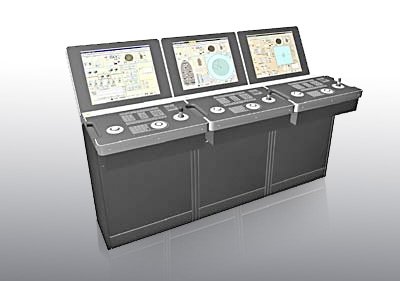
Environmental Sensors: Various sensors are used to monitor environmental conditions such as wind speed, wave height, current velocity, and water depth. This information is fed into the DP control system to enable it to make accurate adjustments and maintain position even in challenging conditions.

Dynamic positioning systems are widely used in offshore operations such as drilling rigs, floating production storage and offloading (FPSO) vessels, construction vessels, and survey vessels. They provide precise control and enhance safety by allowing operations to be conducted in adverse weather conditions, deep water, or areas with sensitive seabed conditions where traditional anchoring may not be feasible or safe.
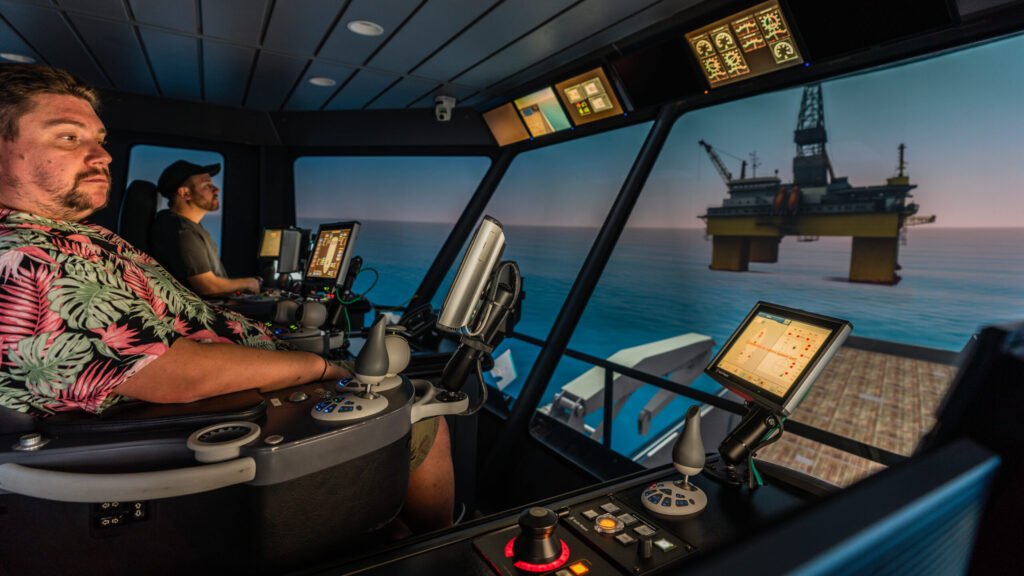
It’s important to note that while dynamic positioning systems are highly advanced, they are not foolproof, and human supervision and intervention are still necessary to ensure safe operations.
Manufacturers of Dynamic Positioning Systems
Position Reference Systems
DGPS
Hydrauacoustinc Position Reference systems
Laser

